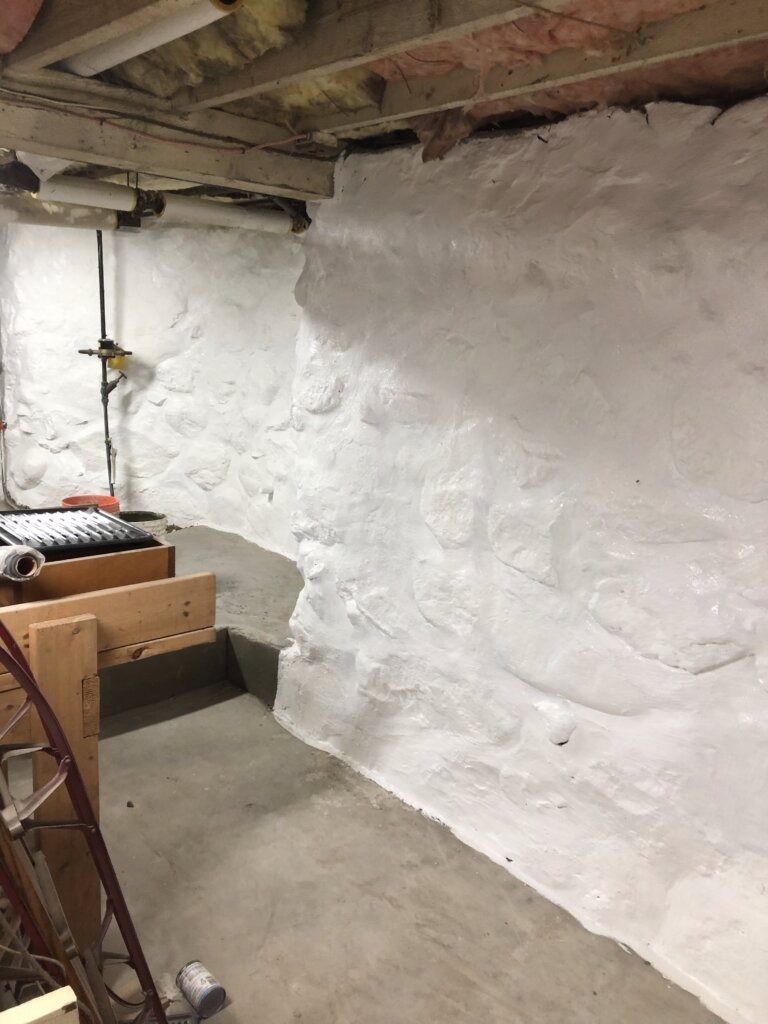
Discover DIY basement waterproofing techniques and systems to keep your home dry and healthy. Learn about interior and exterior methods, maintenance tips, and when to consult a professional.
Are you tired of dealing with a damp, musty basement? Fear not, as DIY basement waterproofing is a practical and cost-effective solution. In this article, we’ll walk you through various techniques and systems that you can use to keep your basement dry and healthy. Get ready to roll up your sleeves and transform your basement into a welcoming and functional space.
Assess Your Basement’s Moisture Issues
Before diving into the world of waterproofing, it’s essential to identify the root cause of your basement’s moisture problems. By determining the source of water intrusion, you can choose the most suitable method for your specific situation.
- External sources: These include rainwater, groundwater, and runoff from gutters or downspouts. Common signs include water seeping through foundation walls, floor cracks, or the joint where the floor meets the wall.
- Internal sources: These stem from plumbing leaks, condensation, or poor ventilation. Look for damp spots, mold, or musty odors near pipes, appliances, and windows.
Interior Waterproofing Techniques
Once you’ve identified the source of your basement’s moisture, you can begin the waterproofing process. We’ll start with interior waterproofing techniques, which are ideal for addressing minor leaks and condensation.
1. Seal Cracks and Joints
Crack sealing is a crucial step in preventing water intrusion. You can use hydraulic cement, epoxy, or polyurethane injections to fill cracks and joints in your basement walls and floors.
2. Apply Waterproofing Paint
Applying a waterproofing paint or sealer is another effective method for keeping moisture at bay. These products create a barrier that prevents water from penetrating the walls. Follow the manufacturer’s instructions for proper application, and make sure the surface is clean and dry before you begin.
3. Install a Vapor Barrier
A vapor barrier can help reduce condensation and improve the overall air quality in your basement. You can use a plastic sheet or specialized paint to create this barrier on your walls and floors. This method is especially useful in combination with other waterproofing techniques.
4. Improve Ventilation
Ensuring proper ventilation is essential for controlling moisture levels in your basement. Install exhaust fans or use a dehumidifier to maintain a healthy humidity level and prevent mold growth.
Exterior Waterproofing Systems
If your basement’s moisture issues are more severe or stem from external sources, you may need to consider exterior waterproofing systems. These methods provide a more comprehensive solution by addressing the root cause of water intrusion.
1. Repair Gutters and Downspouts
Make sure your gutters and downspouts are in good working order to prevent water from pooling near your foundation. Clean them regularly, repair any damage, and ensure that downspouts direct water at least 5 feet away from your home.
2. Grade the Soil Around Your Home
Proper grading is essential for directing water away from your foundation. The soil around your home should slope downward at a minimum rate of 6 inches for every 10 feet.
3. Install a French Drain
A French drain is an underground drainage system that collects water near your foundation and diverts it away from your home. This method involves digging a trench, laying a perforated pipe, and filling it with gravel. Consult a professional if you’re unsure about tackling this project on your own.
4. Apply Exterior Waterproofing Membrane
An exterior waterproofing membrane is a heavy-duty material applied to your foundation walls, creating a barrier that prevents water from seeping into your basement. This method may require professional installation, as it involves excavation around your home’s foundation.
5. Install Window Well Covers
Window well covers help prevent water from pooling around basement windows and entering your home. Choose a cover that fits your window well securely and allows for proper ventilation.
Maintain Your Waterproofing System
After implementing your chosen DIY basement waterproofing techniques and systems, it’s crucial to keep up with regular maintenance. This includes inspecting your foundation for new cracks or signs of water intrusion, cleaning your gutters and downspouts, and checking your sump pump (if installed) to ensure it’s functioning correctly.
Consider a Professional Consultation
While many homeowners can tackle DIY basement waterproofing, it’s always a good idea to consult a professional if you’re unsure about your capabilities or if your moisture issues persist despite your efforts. A professional waterproofing expert can help you determine the best course of action for your specific situation and ensure that your basement remains dry and healthy for years to come.
Conclusion
With the right knowledge and determination, DIY basement waterproofing can be a rewarding and cost-effective solution to moisture problems. By following the techniques and systems outlined in this article, you can protect your home from water damage, improve air quality, and create a comfortable living space. Remember to assess your basement’s moisture issues, choose the appropriate waterproofing methods, and maintain your system regularly for the best results.
